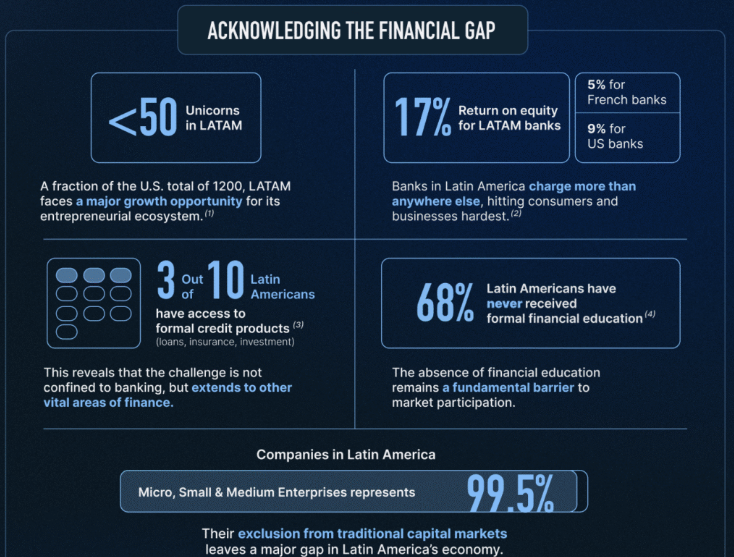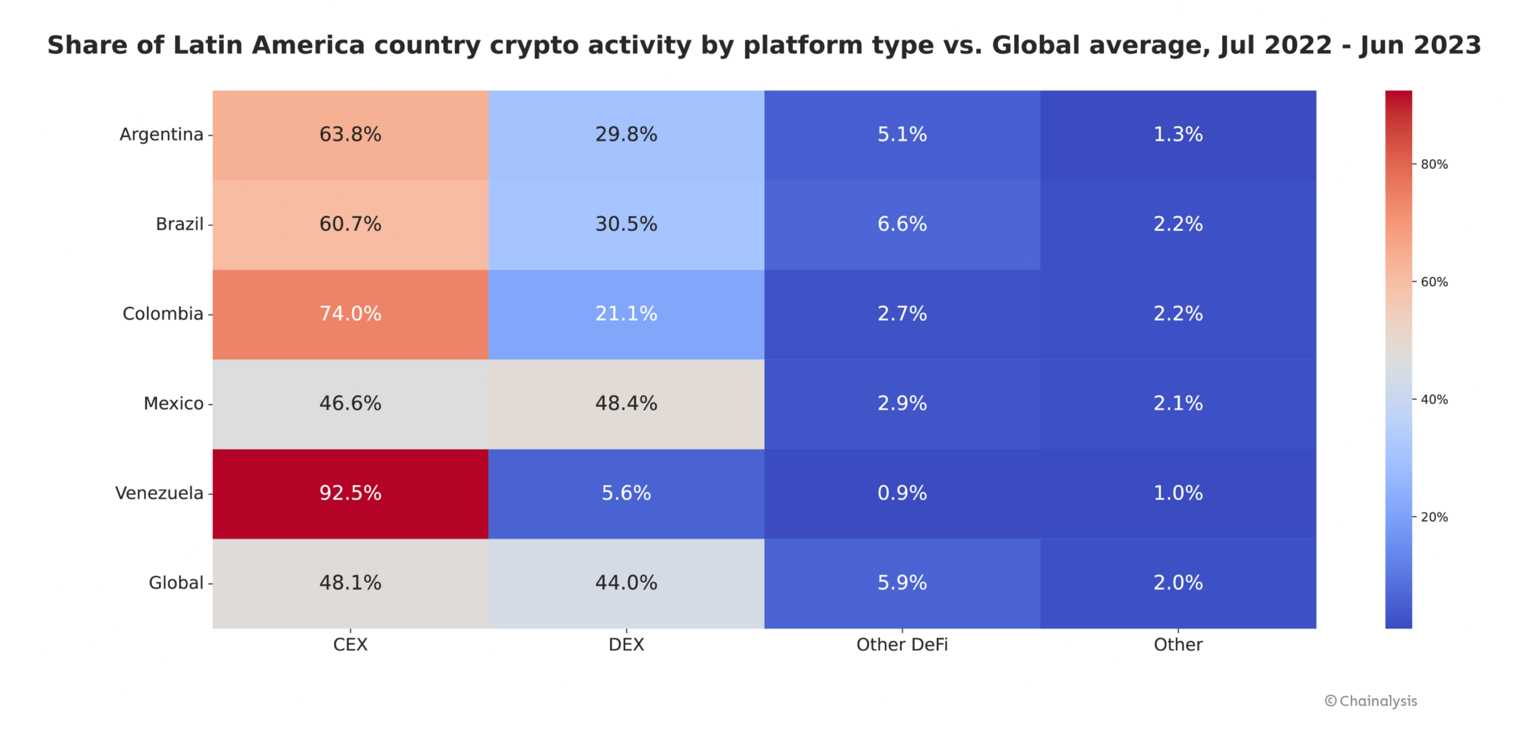Latin Americans are increasingly turning to stablecoins and cryptocurrencies to fight high inflation rates and gain access to financial services in regions where traditional banking falls short. This shift enables digital payments, savings in stable assets like USDC and USDT, and lower-cost remittances, transforming everyday financial lives amid economic challenges.
-
Stablecoins serve as a hedge against inflation in countries like Argentina, where rates exceed 100% annually.
-
Cryptocurrencies provide essential banking alternatives for unbanked populations across Latin America.
-
Adoption rates are surging in nations such as Venezuela, Bolivia, and Mexico, with stablecoin transactions making up 39% of purchases on platforms like Bitso in 2024, per Cointelegraph reports.
Crypto adoption in Latin America surges as stablecoins combat inflation and enable financial inclusion. Discover how blockchain is revolutionizing payments and savings—explore the impact today. (148 characters)
What is Driving Crypto Adoption in Latin America?
Crypto adoption in Latin America is accelerating due to rampant inflation, limited banking access, and the need for efficient cross-border payments. In countries facing economic instability, residents are leveraging stablecoins like USDC and USDT to preserve value and conduct transactions outside traditional systems. This trend highlights blockchain’s role in providing practical financial tools beyond speculation.

Financial gap in the LATAM region. Source: Bitfinex
How Are Stablecoins Addressing Inflation and Banking Gaps in the Region?
Stablecoins are becoming a lifeline in Latin America, particularly in high-inflation economies like Argentina, where annual rates have topped 100%. These dollar-pegged assets, including USDC and USDT, allow users to store value without the volatility of other cryptocurrencies. On exchanges such as Bitso, stablecoin purchases represented 39% of total activity in 2024, according to data reported by Cointelegraph.
The region’s banking infrastructure often excludes millions due to high costs, technological hurdles, and geographic barriers, stifling economic growth and investment flows. Blockchain solutions, including real-world asset tokenization, offer a pathway to overcome these issues by streamlining capital access and reducing inefficiencies.
An August report from Bitfinex Securities notes that tokenized assets could cut issuance costs by up to 4% and shorten listing times by as much as 90 days, democratizing investment opportunities. “For decades, businesses and individuals, particularly in emerging economies and industries, have struggled to access capital through legacy markets and organisations,” stated Paolo Ardoino, CEO of Tether and chief technology officer of Bitfinex Securities. “Tokenisation actively removes these barriers,” he added, emphasizing how real-world assets unlock capital more efficiently than conventional financial products.

Share of crypto activity in Latin American countries by platform type. Source: Chainalysis
Furthermore, Latin America ranked as the seventh-largest crypto economy globally in 2023, behind regions like the Middle East and North America, Eastern Asia, and Eastern Europe, based on analysis from blockchain firm Chainalysis. This positioning underscores the area’s growing reliance on digital assets for real-world applications.
Patricio Mesri, co-CEO of cryptocurrency exchange Bybit’s Latin American division, highlighted the practical impact during an interview at the European Blockchain Convention 2025 in Barcelona. “LATAM adoption is quite high. People are using stablecoins for daily life, so it’s a whole different market,” Mesri explained. “Crypto is actually changing the lives of people. You see adoption in Argentina, Venezuela, Bolivia and Mexico increasing rapidly.”
Key applications include stablecoin-based payments that bypass the steep fees of the SWIFT network for remittances, which are vital for many families in the region. Additionally, crypto loans are enabling major purchases like vehicles or homes, offering alternatives to restrictive traditional lending.
Frequently Asked Questions
What Factors Are Fueling Stablecoin Use for Remittances in Latin America?
High fees from traditional systems like SWIFT, combined with inflation eroding local currencies, drive Latin Americans to stablecoins for remittances. These assets provide faster, cheaper transfers, often at fractions of the cost, allowing families to receive funds securely without banking intermediaries, as noted in regional adoption trends.
How Does Crypto Adoption Vary Across Latin American Countries?
Crypto adoption differs by economic pressures: Argentina and Venezuela lead due to hyperinflation, with stablecoins dominating daily transactions. Mexico and Bolivia show rapid growth in peer-to-peer payments, while overall regional activity on centralized and decentralized platforms reflects a blend of retail and institutional use, per Chainalysis insights.
Key Takeaways
- Inflation Hedge: Stablecoins like USDC and USDT protect savings in volatile economies, accounting for nearly 40% of exchange activity in 2024.
- Financial Inclusion: Blockchain bridges banking gaps, enabling unbanked individuals to access payments, loans, and investments via tokenization.
- Regional Growth: Stay informed on LATAM trends to capitalize on emerging opportunities in crypto-driven economic resilience.
Conclusion
In summary, crypto adoption in Latin America is propelled by the urgent need to counter inflation and enhance financial access through stablecoins and blockchain innovations. As countries like Argentina and Venezuela pioneer these solutions, the region stands at the forefront of practical cryptocurrency integration, promising broader economic empowerment. Looking ahead, continued developments in tokenization and digital payments could further solidify Latin America’s role in the global crypto landscape—consider how these shifts might influence your financial strategies.





